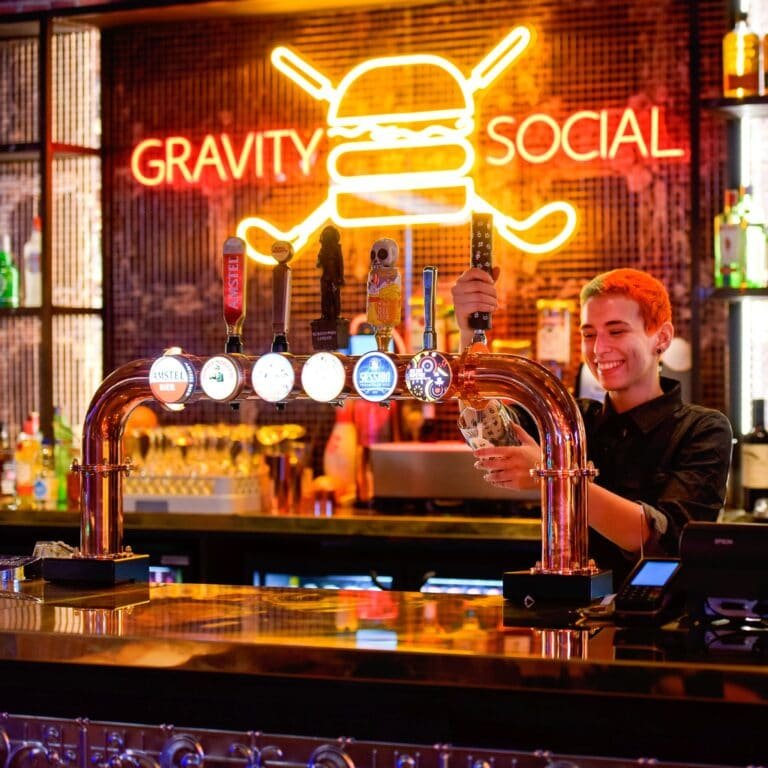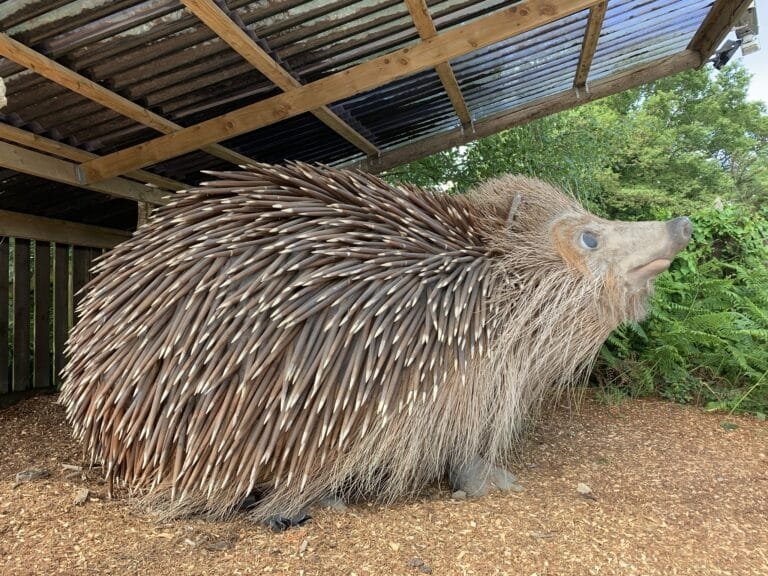Local people created the Stacey Hill Society and began collecting things that represented their heritage less than six years after the decision to build Milton Keynes in 1967. Many of these artifacts originated from farms and factories that were demolished to make space for the new construction. The Museum’s foundation was built on this collection. The Collection was housed at Stacey Hill Farm in Wolverton with the help of the Milton Keynes Development Corporation. The farm was part of an estate with a long history, having been purchased by the prominent physician, Dr. John Radcliffe after he was elected to the Buckinghamshire Parliament in 1713.
Volunteer support was crucial then, as it is now, for the Museum’s success, but the Board also chose a director to lead the museum into a sustainable period, and Milton Keynes Museum was formed.
The Museum is a great believer in allowing visitors to reach out and touch artifacts wherever feasible. They think of themselves as the people’s museum; it isn’t their history, it is the people’s history.











